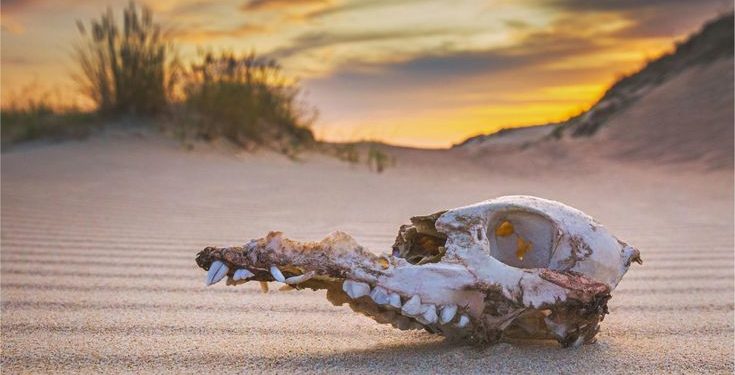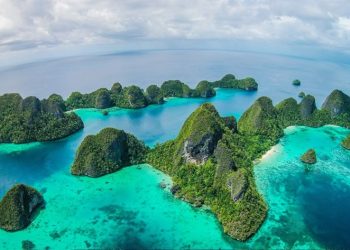Jakarta, Indonesia Sentinel — According to the International Union for Conservation of Nature (IUCN), more than 42,000 animal species are currently at risk of extinction. Alarmingly, some species have already been declared extinct in recent years.
Extinction is not a phenomenon confined to the distant past but an ongoing crisis, largely driven by human activity. As the rate keep on progressing overtime, urgent action is needed to protect endangered species and support population recovery efforts.
Here are some of the most recent animal species declared extinct.
Mountain Mist Frog
– Declared Extinct: 2021
Native to Australia’s upland forests and wetlands, the mountain mist frog (Litoria nyakalensis) was wiped out by the chytrid fungus (Batrachochytrium dendrobatidis). This deadly pathogen has decimated amphibian populations globally, infecting and damaging their skin, which is vital for respiration and hydration.
Po’ouli Bird
– Declared Extinct: 2019
Discovered in 1973 in Maui, Hawaii, the po’ouli bird (Melamprosops phaeosoma) saw its population plummet due to habitat loss, predation by invasive rodents, and competition from other bird species.
Chinese Paddlefish
– Declared Extinct: 2019
Once one of the largest freshwater fish in the world, the Chinese paddlefish (Psephurus gladius) was driven to extinction by overfishing and dam construction along the Yangtze River in China.
Jalapa River Salamander
– Declared Extinct: 2019
Last seen in 1976 in Guatemala, the Jalapa river salamander (Pseudoeurycea exspectata) vanished due to habitat destruction caused by logging, agriculture, and aquaculture.
Golden Toad
– Declared Extinct: 2019
Native to Costa Rica, the golden toad (Incilius periglenes) was highly sensitive to rainfall patterns. Irregular rainfall and climate change disrupted its breeding cycles, ultimately leading to extinction.
Christmas Island Forest Skink
– Declared Extinct: 2017
The last known Christmas Island forest skink (Emoia nativitatis) died in captivity in 2014. The species likely succumbed to invasive predators such as yellow crazy ants and wolf snakes.
Bramble Cay Melomys
– Declared Extinct: 2016
Found only on Bramble Cay, a small island between Australia and Papua New Guinea, the Bramble Cay melomys (Melomys rubicola) became the first mammal species officially declared extinct due to climate change, as rising sea levels and storms wiped out its habitat.
Christmas Island Pipistrelle Bat
– Declared Extinct: 2016
The reasons behind the extinction of the Christmas Island pipistrelle bat (Pipistrellus murrayi) remain unclear. However, invasive predators and competition from other bat species are believed to have played a role.
White-Eyed Bird
– Declared Extinct: 2016
The white-eyed bird (Zosterops conspicillatus), or pleci bird, disappeared under uncertain circumstances. Predation by invasive snakes is suspected as a primary cause.
Pinta Giant Tortoise
– Declared Extinct: 2015
Lonesome George, the last known Pinta giant tortoise (Chelonoidis abingdonii), died in 2012 after decades of failed breeding efforts. With his passing, the species was officially declared extinct in 2015.
Researchers Discover New Crayfish Species in Papua, Indonesia
The extinction of these species serves as a stark reminder of the devastating impact human activity can have on wildlife. Conservation efforts remain critical to prevent further loss and preserve Earth’s biodiversity for future generations.
(Raidi/Agung)

























